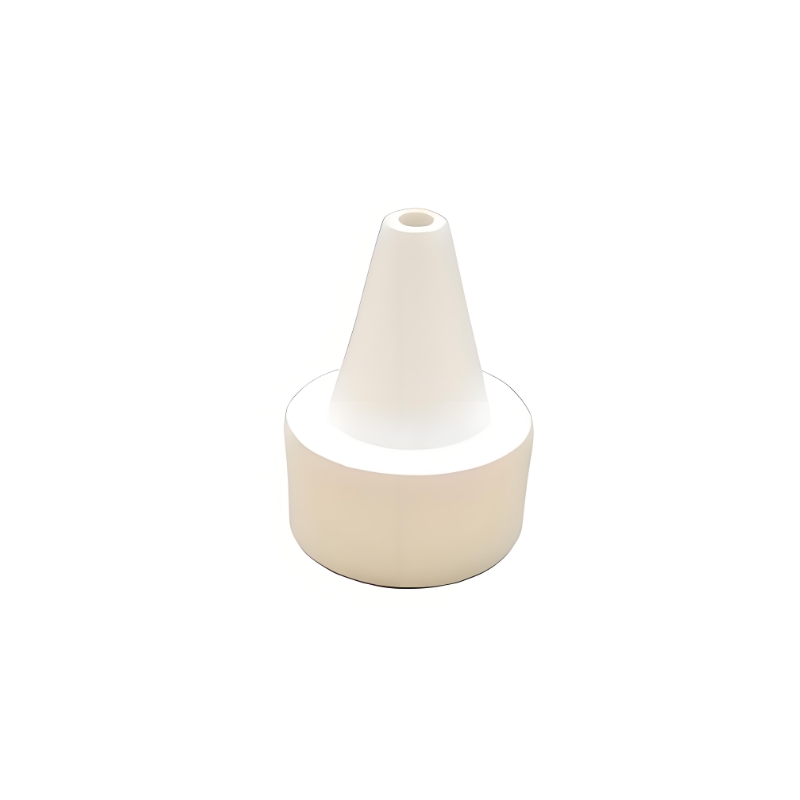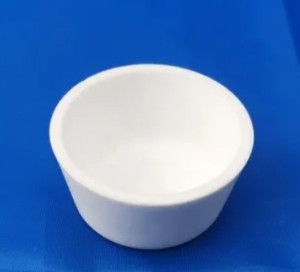Discover Premium Ceramic Products | Durability & Elegance United | Advanced Ceramics
“Unveiling the World of Clay and Fire: A Journey Through Ceramics”
(Introduction to Ceramics: Materials, Types, and Applications)
Imagine a world where earth and fire come together to create something timeless, something that has shaped civilizations, adorned palaces, and found its way into our everyday lives. Welcome to the fascinating world of ceramics! This ancient art form, born from the marriage of clay and heat, is more than just pots and plates—it’s a story of human ingenuity, creativity, and innovation.
Let’s start with the basics: what exactly are ceramics? At their core, ceramics are materials made from non-metallic minerals, typically clay, that are shaped and then hardened by heat. But don’t let the simplicity fool you. The process of transforming a lump of clay into a delicate vase or a sturdy tile is nothing short of magical. It’s a dance of chemistry and craftsmanship, where raw materials are molded, fired, and sometimes glazed to create objects that are as functional as they are beautiful.
Ceramics come in a dazzling array of types, each with its own unique properties and uses. There’s earthenware, the oldest and most common type, known for its rustic charm and porous nature. Then there’s stoneware, tougher and more durable, often used for dinnerware and decorative pieces. Porcelain, the aristocrat of ceramics, is prized for its delicate translucence and strength, making it a favorite for fine china and intricate sculptures. And let’s not forget about advanced ceramics, the high-tech cousins of traditional pottery, used in everything from space shuttles to medical implants.
But ceramics aren’t just about the materials—they’re about the stories they tell. Think about the ancient Greek amphorae that carried wine across the Mediterranean, or the Ming Dynasty vases that symbolized wealth and power. Consider the humble brick, a ceramic marvel that has built cities and shaped skylines. And then there’s the modern-day ceramic knife, sharper than steel and resistant to rust, revolutionizing kitchens around the world.
The applications of ceramics are as varied as the cultures that have embraced them. In art, ceramics have been a medium for expression, from the intricate blue-and-white patterns of Delftware to the bold, abstract forms of contemporary ceramic sculpture. In industry, ceramics are indispensable, used in everything from insulating electrical components to lining the fiery interiors of kilns and furnaces. In medicine, bioceramics are used to create artificial bones and teeth, blending seamlessly with the human body.
What makes ceramics truly remarkable is their ability to bridge the past and the future. They connect us to our ancestors, who first discovered the transformative power of fire and clay, while also pointing the way to new possibilities. Today, scientists are exploring the potential of ceramics in cutting-edge fields like nanotechnology and renewable energy, proving that this ancient material still has plenty of surprises up its sleeve.
(Introduction to Ceramics: Materials, Types, and Applications)
So the next time you sip tea from a porcelain cup or admire a beautifully glazed vase, take a moment to appreciate the journey that brought it to you. From the hands of a potter to the heat of a kiln, ceramics are a testament to the enduring power of human creativity. They remind us that even the simplest materials, when shaped by skill and imagination, can become something extraordinary. Welcome to the world of ceramics—where earth meets fire, and magic happens.




